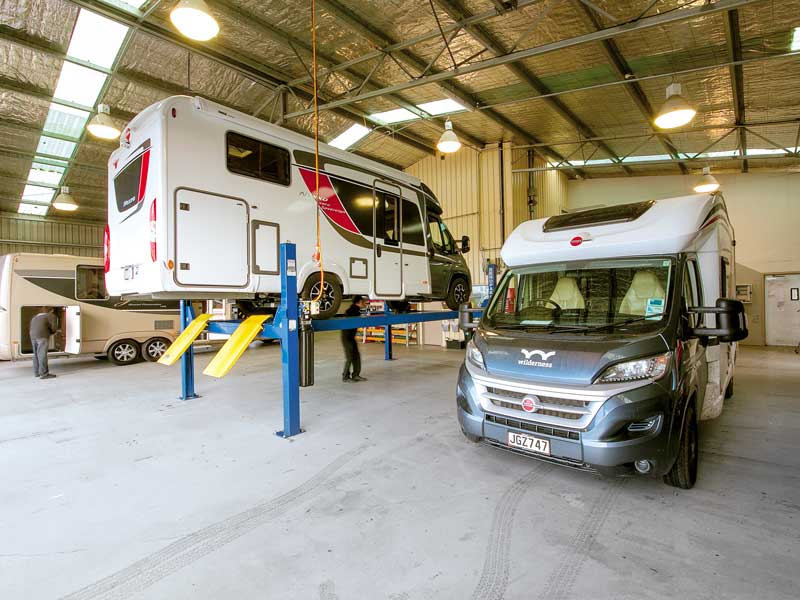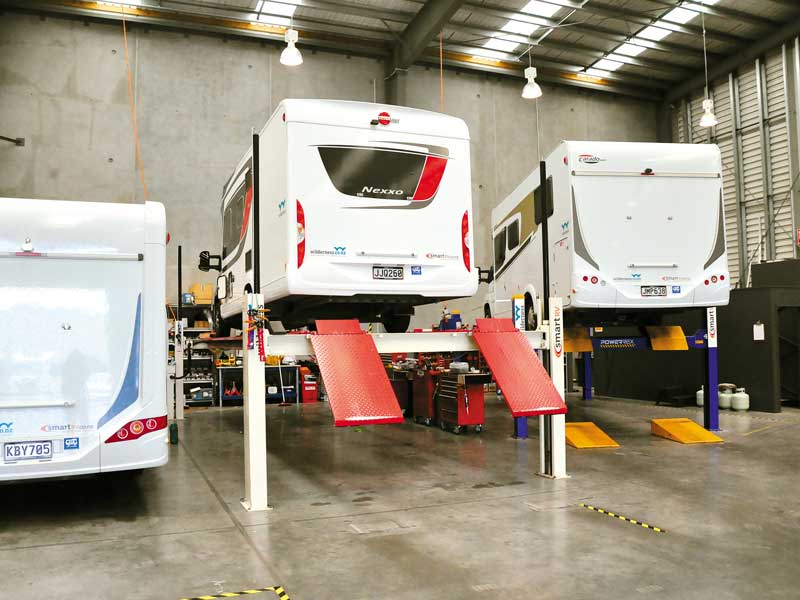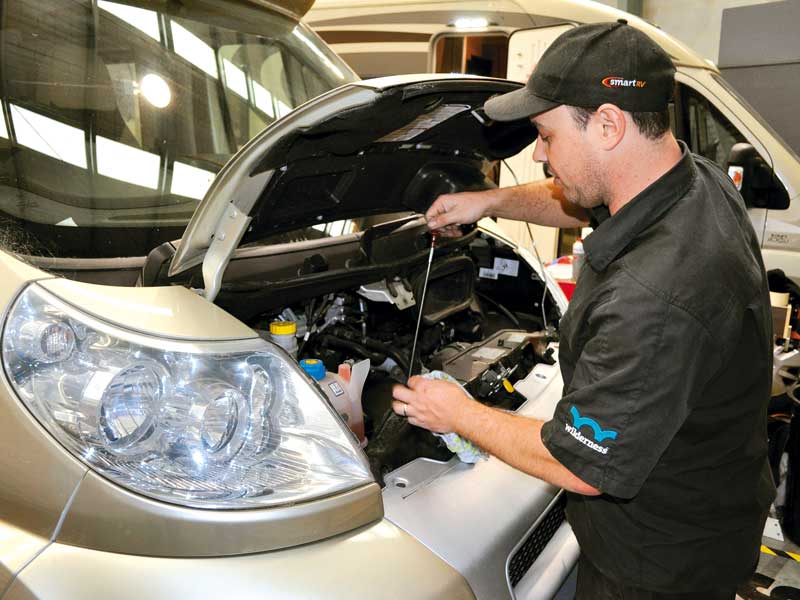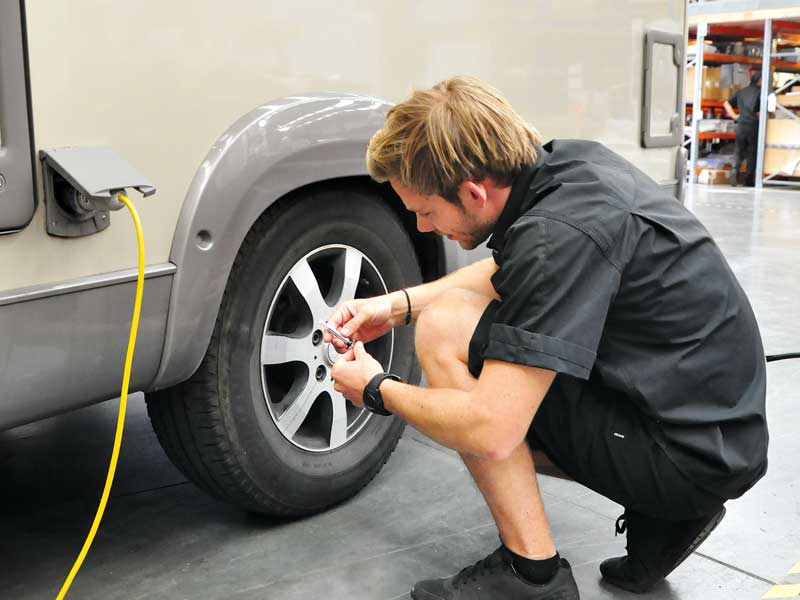What is the difference between a WOF and a COF?
All commercially-operated vehicles need to have a COF. In addition, all vehicles more than 3500kg need a COF regardless of whether it is used for private or commercial purposes. COFs need to be renewed every six months and can only be done by a few companies such as VTNZ, VINZ, and a few other approved testing stations. A WOF can be done by any workshop that employs a qualified warrant inspector. It needs to be renewed every six months if your vehicle is first registered prior to 2000, every 12 months if first registered after 2000, and every three years for new vehicles.What should I check before I take my vehicle for its WOF/COF?
You should definitely check that the basics such as your lights, horn, and wipers work. If you feel confident, check that tyre depth and condition, and brakes are all legal. Most tyres actually have marks in between the tread that indicate the minimum of 1.5mm. If you have doubts or just want to be on the safe side, you can get a trusted workshop to check your vehicle prior to inspection.What are some of the common checks made during a WOF/COF?
- Tyre condition (including tread depth)
- Brake operation
- Structural condition (rust is not allowed in certain areas)
- Lights
- Glazing (is your windscreen safe?)
- Windscreen washers and wipers
- Doors (do they open and close safely?)
- Safety belts (must not be damaged or overly faded; buckles must work properly)
- Airbags (if fitted)
- Speedometer (must be working)
- Steering and suspension (must be safe and secure)
- Exhaust (there must be no leaks and the exhaust must not be smoky or louder than the original exhaust system)
- Fuel system (there must be no leaks)









